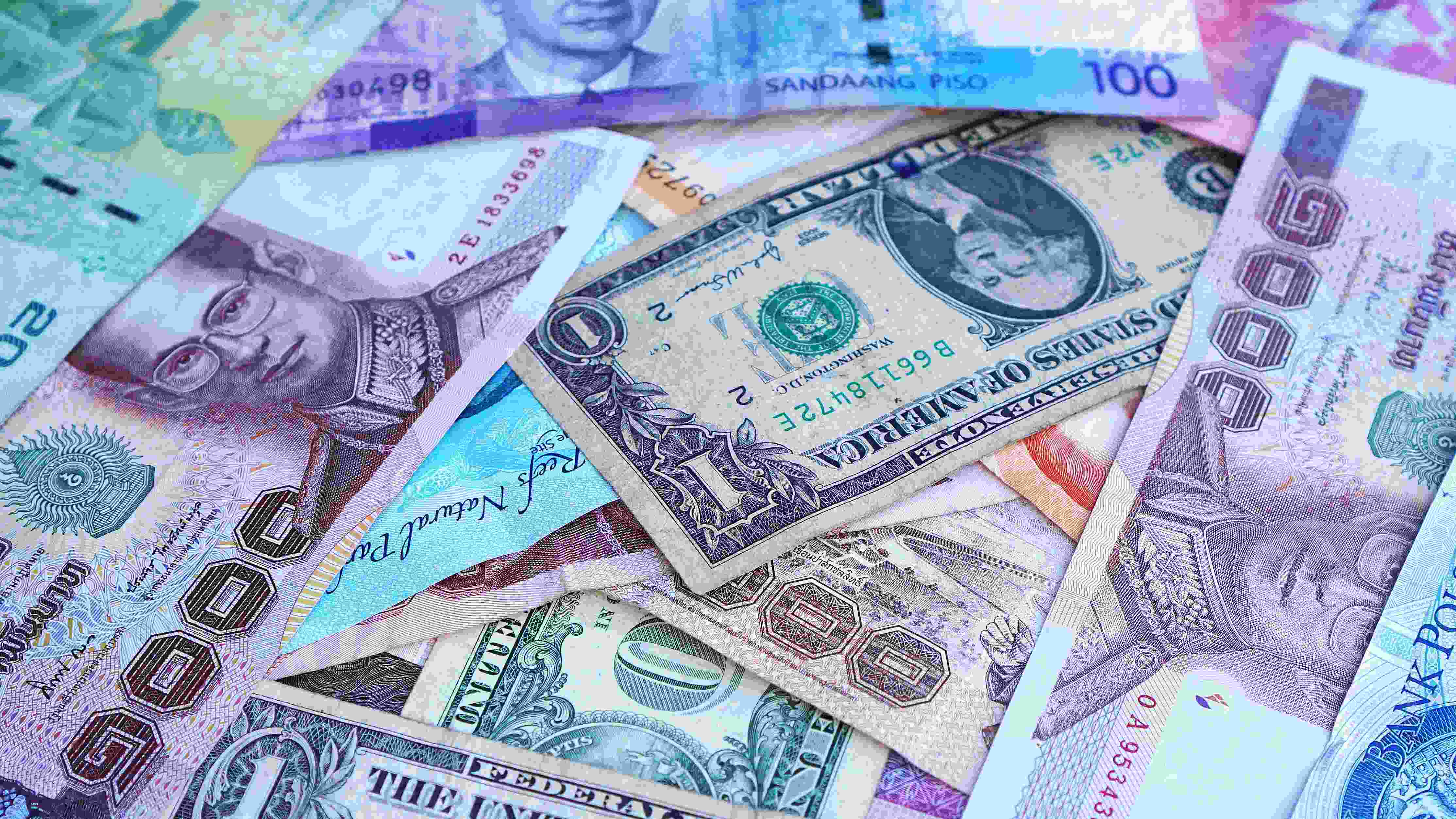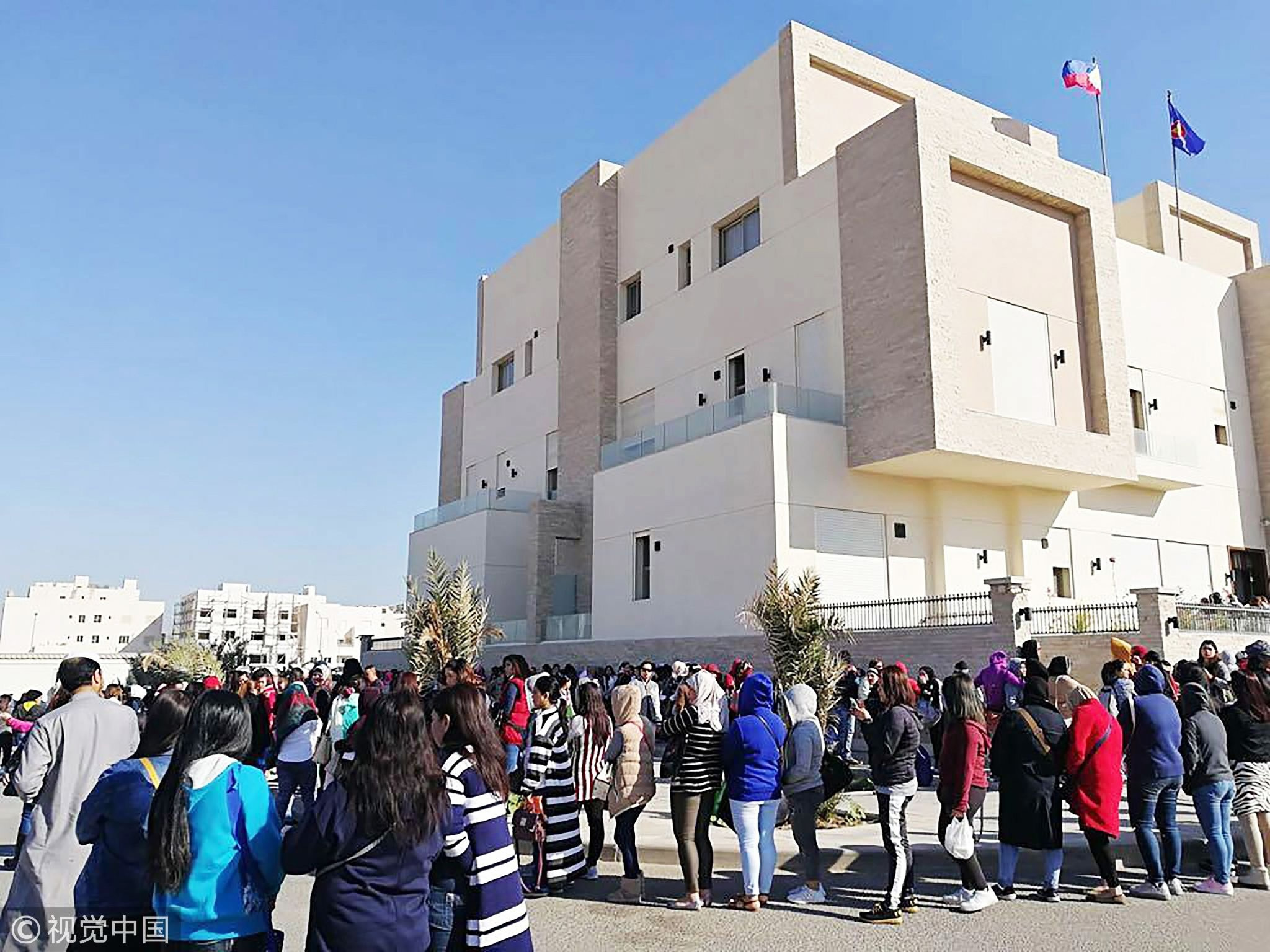
Analysis
16:43, 16-May-2019
Remittance costs need to be lowered globally
Bertram Niles

Remittances – money sent home by foreign workers – are of huge importance to developing nations, but the transaction costs remain frustratingly high, in spite of technological advances.
In March alone, for example, personal remittances from overseas Filipinos reached 2.8 billion U.S. dollars, up by 6.4 percent from the same period last year, according to the latest country figures issued this week. Remittances to the Philippines exceed 10 percent of the country's gross domestic product. The same is true of nations like Senegal and Guatemala.
And growth around the world shows no sign of slowing down – evidence of the resilience of these kinds of cash transfers across borders even in challenging economic times.
Last month, the World Bank reported that remittances to low- and middle-income countries reached a record high of 529 billion U.S. dollars last year, an increase of 9.6 percent over the previous record high of 483 billion U.S. dollars in 2017.
This year, the figure is expected to reach 550 billion U.S. dollars to become these nations' largest source of external financing.
Much of this money from the estimated 260 million economic migrants globally goes to support mostly poor relatives and loved ones back home. Yet, they are being squeezed with costly fees.
Banks are the most expensive channels, charging an average fee of 11 percent in the first quarter of 2019, the World Bank said. Post offices were the next most expensive, at over seven percent. The global average is generally put at about seven percent.

Filipino migrant workers stand outside the Philippine embassy in Kuwait City during a diplomatic spat over the treatment of Filipinos in Kuwait, February 20, 2018. /VCG Photo
Filipino migrant workers stand outside the Philippine embassy in Kuwait City during a diplomatic spat over the treatment of Filipinos in Kuwait, February 20, 2018. /VCG Photo
Even if you seek to avoid banks, you will encounter the anti-competitive world of money transfer giants Western Union and MoneyGram. Efforts in recent years to bypass these channels via cost-reducing technology and growth in fintech startups have led to only marginal decreases in costs.
It all points to a need for governments to devise measures to increase competition in remittance markets.
The larger the countries, the greater the remittances flows, of course. In 2018, India received 79 billion U.S. dollars, followed by China (67 billion U.S. dollars), Mexico (36 billion U.S. dollars), the Philippines (34 billion U.S. dollars), and Egypt (29 billion U.S. dollars).
The value is, however, outsized the smaller and poorer the nation. For Haiti, remittances account for a staggering 39 percent of GDP, for El Salvador, 21 percent, and Honduras, 20 percent, reports Inter-American Dialogue, which focuses on Central and South America and the Caribbean.
Some research carried out in Central American and Caribbean countries has shown that 72 percent of remittances are used by recipients to cover daily costs, savings seven percent, education six percent, and the acquisition of housing 1.8 percent.
In a report issued last November, the United Nations agency concerned with education, UNESCO, said lowering the fees could result in one billion dollars more being spent on education in developing countries.
De-risking threat
Manos Antoninis, the director of the report, scoffed at the high charges. “It isn't fair at all," he said. "Some remittance corridors in Africa carry fees of over 20 percent ... The fact people are still prepared to transmit money through these tunnels means there is a desperation and a need for such funding to be used by families in the poorest countries."
But governments in developing nations are culpable as well. The World Bank notes, for example, that some national post offices tend to include a premium remittance fee when they have an exclusive partnership with a money transfer operator.
Actions by the industrialized world have also made it potentially harder to transfer money to poor countries.
Under pressure from their governments over concerns about money laundering, financial institutions in rich nations have engaged in so-called de-risking practices in certain regions that have involved the closure of the bank accounts of some remittance service providers, driving up remittance costs.
In effect, a measure meant to put the brakes on the financing of terrorism has hurt ordinary migrant workers simply trying to do the best for their families.
But the picture may not be all gloomy. The signs are that expanding mobile technology will help to displace banks and lower costs over time.
The Economist certainly thinks that this will happen.
"In the long run the answer to the remittances puzzle is a shift away from expensive cash-based systems and a bypassing of banks and transfer firms altogether," the magazine said in a leader article last month that noted strides in e-commerce and mobile platforms across Africa, Asia and Latin America.
"In time, perhaps, sending 200 dollars from the rich world to the emerging one will cost almost nothing and the payments revolution will be complete."
The hope is that this will take place sooner rather than later.

SITEMAP
Copyright © 2018 CGTN. Beijing ICP prepared NO.16065310-3
Copyright © 2018 CGTN. Beijing ICP prepared NO.16065310-3